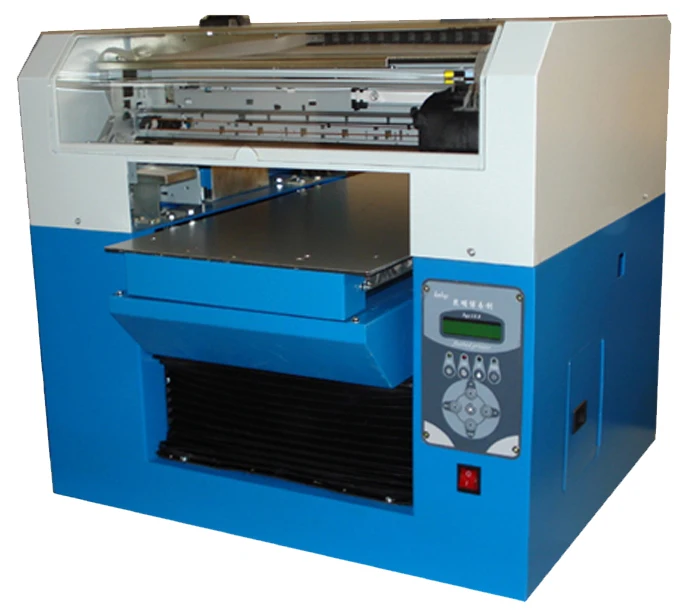

The simplest way to do this is to color-code the food processing facility. For example, we all know raw meat should never come into contact with processed meat, so you keep them separate. Color-coding is an excellent example of a control measure.Ĭross-contamination is prevented by keeping foods that transfer bacteria separate or by keeping allergens separate. Control measures are used to “prevent, eliminate or reduce a significant hazard” in this system. Color-coding developed using the guidelines of Hazard Analysis and Critical Control Points (HACCP), a management system in which food safety is addressed through the analysis and control of biological, chemical and physical hazards from raw material product, procurement and handling, to manufacturing, distribution and consumption of the finished product. The threat of recalls is always present, especially with facilities that contain allergens.Ĭolor-coding can help decrease the risk of contamination that leads to recalls. Facilities with cross-contact concerns with allergens should particularly consider color-coding to lower that risk. Hair nets, footwear, clothing, gloves, mats, bins and even tape can be color-coded to make distinguishing between different zones easy.Ĭolor-coding has a number of benefits to offer any food processing facility, especially when it is implemented effectively.Ĭolor-coding is an easy way to visually separate work areas and prevent cross-contamination. All kinds of accessories can be color-coded to help ensure complete understanding.

For smaller operations, a single color could be used per employee or employee role.Ĭolor-coding goes beyond cleaning and material-handling tools. For a large facility, color-coding can separate tools by shift or by area. When everything has a place, and everyone knows where that place is based on an object’s color, it’s easy to keep tools put away. In light of the recent increase in food recalls, it is more important than ever to be vigilant in food processing facilities.Ĭolor-coding can do more than just help prevent cross-contamination, such as aiding organizational efforts. Department of Agriculture (USDA) regulations. Food & Drug Administration (FDA) and U.S. These industries are most concerned with preventing cross-contamination and cross-contact, especially when dealing with pathogens, allergens and other foreign contaminates, and complying with strict U.S. Some of the industries that can benefit the most from color-coding are: Not surprisingly, these industries tend to carry higher risks and take more precautions. There are some industries that can especially benefit from color-coding. Benefits All Food Processing FacilitiesĪny food processing center can benefit from color-coding, which helps keep work areas sanitary and organized. Color-coding programs are looked upon favorably by auditors and customersġ. There is currently no standard set of rules for color-coding, just best practicesĥ. Color-coding helps distinguish critical zones and control pointsĤ. Color-coding helps prevent cross-contamination in food processing facilitiesģ. All types of food processing facilities can benefit from color-codingĢ. Here are the five things that you should know about color-coding:ġ. Implementing a color-coding program is a great way to help accomplish that.

With the number of governmental regulations growing, it is essential that food processing facilities stay on top of the current trends and best practices to be market leaders. Not only does it help prevent cross-contamination due to pathogens, allergens and foreign contaminates, color-coding has a variety of other uses.
Color-coding is an important part of any food safety program.


 0 kommentar(er)
0 kommentar(er)
